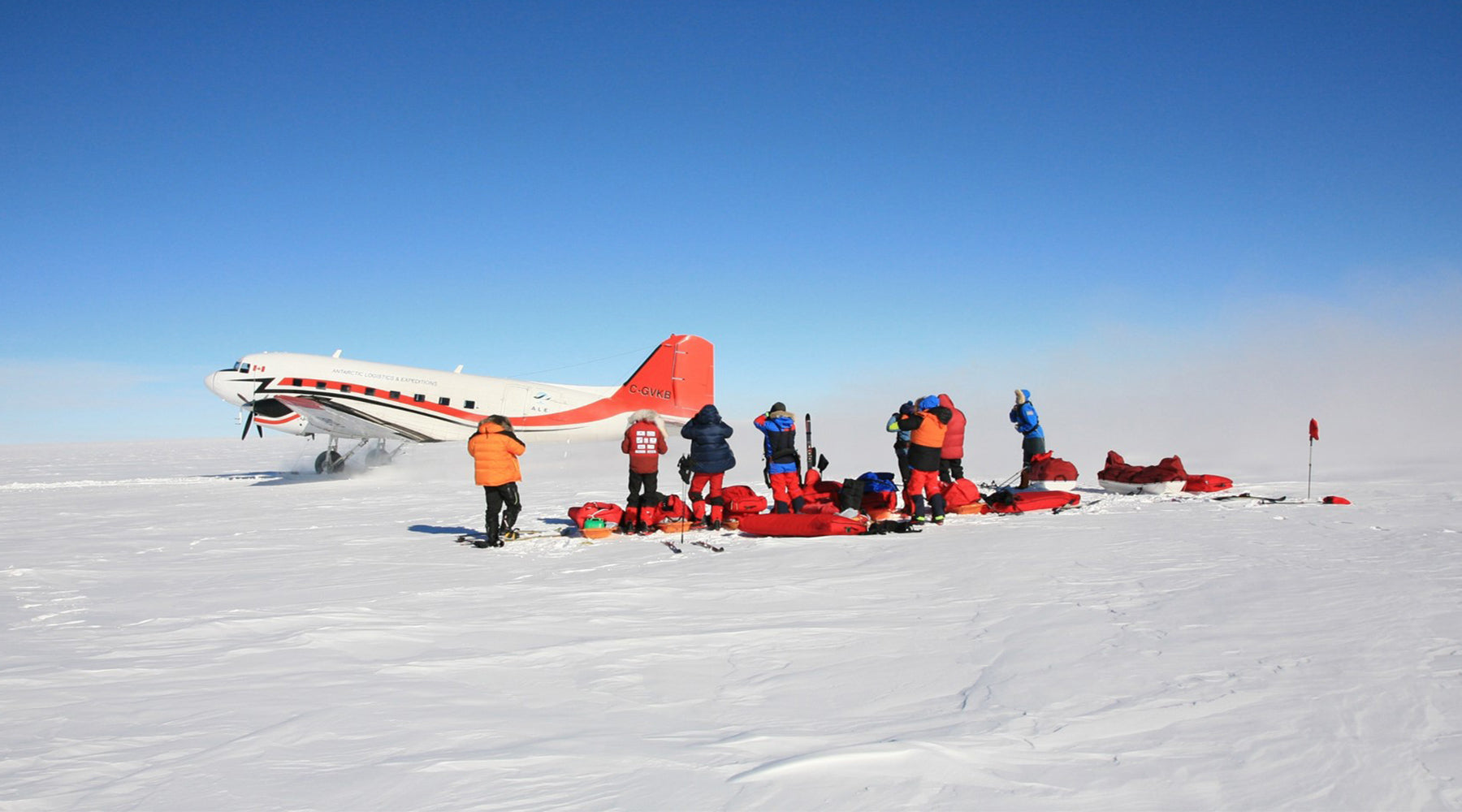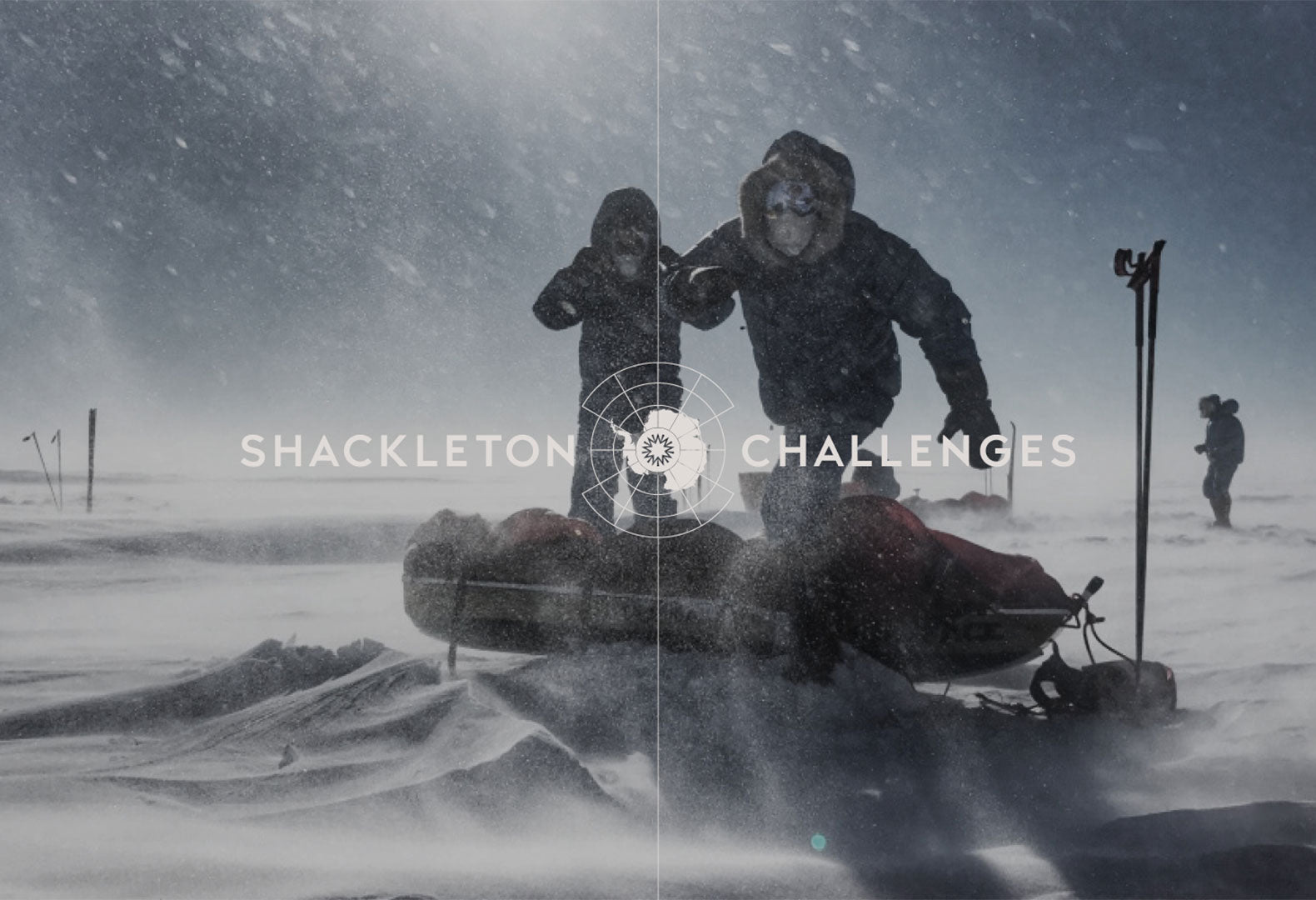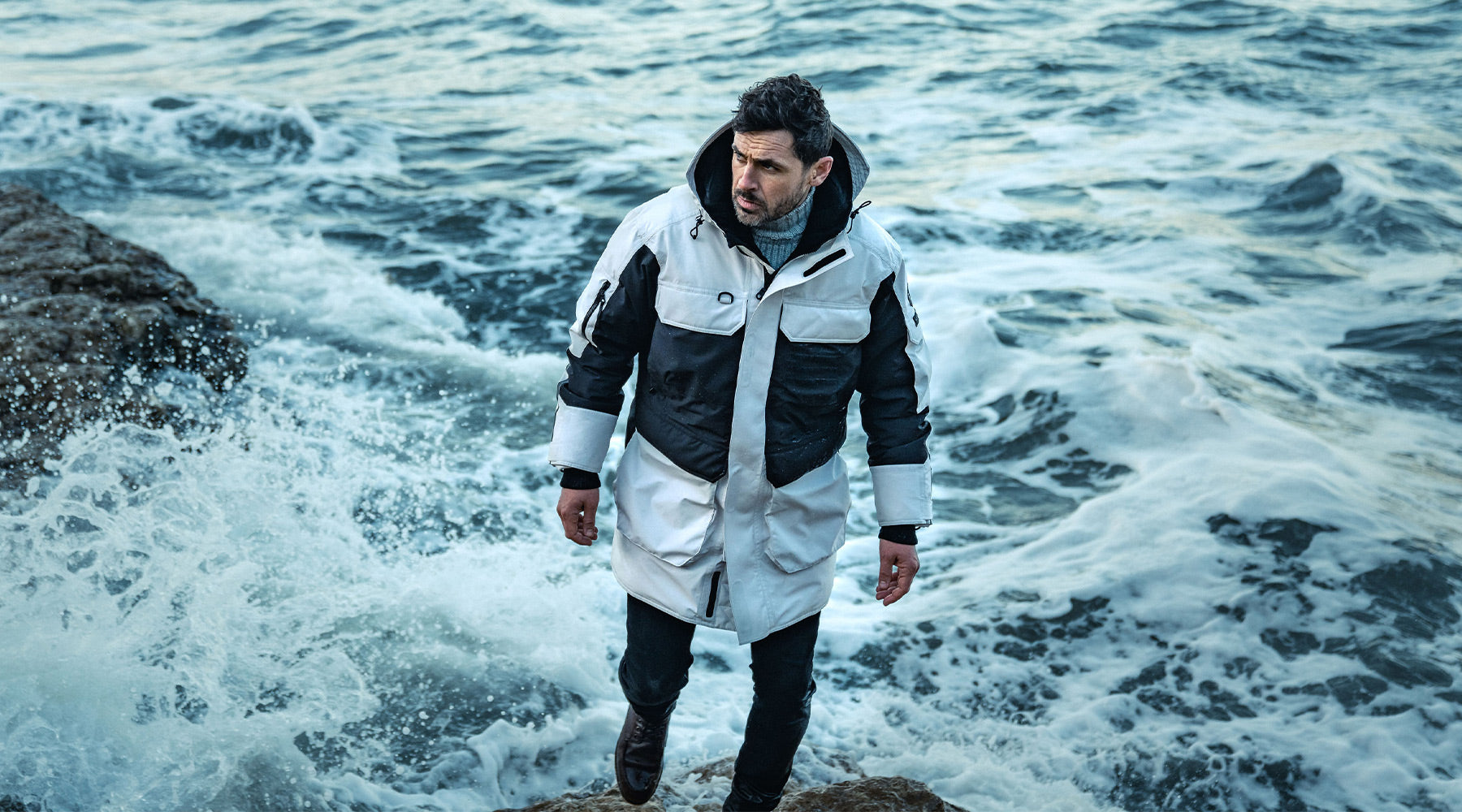
Vital equipment for polar exploration
Steve Jones, Expeditions Manager in charge of expedition planning for Antarctic Logistics and Expeditions LLC (ALE), shares the equipment and technologies that have improved life on polar expeditions in recent years.
Two-way satellite messaging & communication devices
It’s difficult to beat a Garmin inReach. Essentially, it’s a multi-functional gadget built around a clock, a GPS chip, an Iridium satellite data transceiver and a rechargeable battery. It enables supporters at home to monitor your position on a digital map on the internet. It also has an emergency SOS function, and the ability to send and receive text or email messages.
The user can send pre-formatted messages that they can edit in advance, or if used with a smart phone you can type quite long messages. The SOS function is useful for polar expeditions because the emergency call centre alerts your chosen emergency contacts as opposed to the nearest government agencies with a COSPAS-SARSAT personal locator beacon. Before these devices there was no affordable way to have satellite tracking on digital maps on a website. They have transformed the ability of expeditions to engage with people at home and for friends and family to track progress in real time.
RPAS / UAV / UAS / Drone

Whatever the acronym you use, drones have transformed the ability of polar expeditions to tell their stories by showing the human figure as an insignificant speck in the vast polar landscape for the first time. Some models are small and light enough for even the most dedicated lightweight expedition to carry. Experience so far has thrown up a few problems. In extreme cold the batteries don’t last long and if the low battery system doesn’t last long enough to return the aircraft system back to its operator it will fall out of the sky and risks being lost or damaged. Yet the ability to self-film aerial footage in Antarctica is a facility our predecessors could only achieve with a dedicated aircraft and great expense. With the video and camera functions of most mobile phones every expedition can document and share its stories as never before.
Boots
High altitude mountaineering boots improved dramatically in the 1990s with the One Sport double boot with an integral gaiter. These were much better insulated than anything available before and reduced the risk of frostbite. They were followed by several brands, particularly Millet and La Sportiva. The polar expedition market is smaller than the mountaineering market, and there was a time lag before the same technologies were available in polar expedition specific boots. Polar skiers now have a choice between the Baffin 3 Pin Guide Pro boot and the Alfa A/P/S boot. Each has its advantages and disadvantages which is good for consumers, as the choice will hopefully keep both companies focussed on making improvements.
The key features of both boots are that they have enough insulation to keep toes warm and safe from frostbite, and the removable liners can be dried to maintain their efficiency over the duration of an expedition. Paired with a cross-country ski binding they offer better skiing efficiency than many earlier options.
Ski Pole Pogies
These are an insulated cover into which your gloved hand goes, like the insulated handlebar covers some motorcyclists use in winter. Their introduction to expedition use in Antarctica has dramatically reduced the incidence of frostbite to fingers.
Keeping your fingers warm on expedition in Antarctica isn’t just about wearing the largest mitts money can buy, because you need to be able to use your hands. At a break you need to be able to open zips, have a pee, eat, and open a thermos and drink. After a break your muscles demand blood. Thanks to the vascular shunt mechanism some of your blood may be directed away from your extremities to your digestive system leaving your fingers especially vulnerable. Ski pole pogies really help to keep your cold fingers safe after every break, not least when it is particularly cold or windy.
Freeze-dried Meals

Many aspects of a polar expedition are repetitive and monotonous: the white horizon will probably look the same today, tomorrow, and next week. Every step pulling a sled is an effort. Every step requires concentration to stay on the correct bearing. It is mentally and physically tiring being in front. And after a few weeks with no privacy and no shower, the pleasure of your tent-mate’s company may begin to fade.
Food, though, is one area of expedition life in which variety and change can be planned. It is a lesson many first-time expeditioners don’t learn in advance and then regret as they face the same small selection of meals day after day.
There has been a marked improvement in the quality and range of freeze-dried meals suitable for polar expeditions in recent years. Not long ago, a coeliac skied to the South Pole with the same beef and potato stew every evening for the whole expedition because there was only one flavour of gluten-free freeze-dried meal available. Every conceivable dietary requirement is now catered for, making expedition life both easier and better for everyone, but especially for those with special dietary requirements.
Out with the 'GORP' in with the snack bar
For many years polar expeditions have eaten breakfast and an evening meal and a sequence of snacks throughout the day instead of a meal at lunchtime. The snack bag might have had a selection of chopped up chocolate bars, GORP (good old raisins and peanuts), perhaps some cheese and salami and other small, nice stuff that was ok in the cold like M&Ms or jelly babies. This was alright but didn’t give a measured number of calories per break, and because everything had been handled and mixed in advance, it had a tendency to be less appealing after a few weeks than it did when it was first prepared. If an expedition plans to travel for say eight hours a day and to have seven breaks, then it can plan and take seven daily snacks in the form of individual bars or prepared portions. With a more professional approach to sports nutrition the calorific intake can be planned accurately to meet individual needs.


